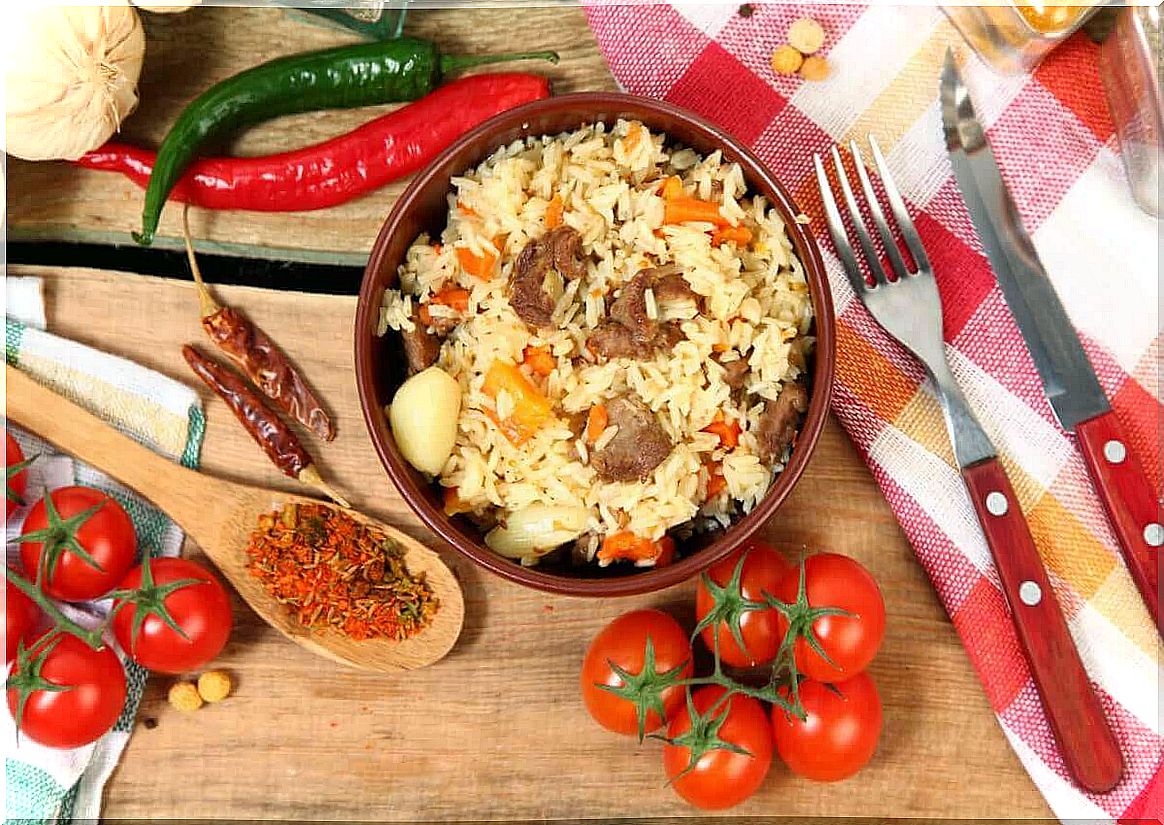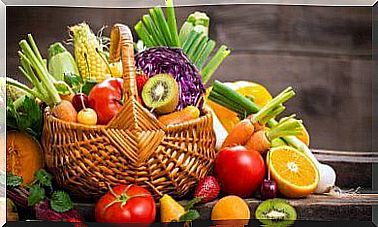Everything You Need To Know About Bulgur

Have you ever heard of bulgur? The word bulgur is of Turkish origin and refers to an ingredient that comes from wheat. People have been consuming it in Middle Eastern gastronomy since ancient times.
Today they use it in all different parts of the world. In Latin American countries, such as Paraguay and Argentina, it is even used to prepare dishes, although it is called burgol in these places. Find out more about it here!
Bulgur, a common grain in the Middle East
Bulgur is a whole grain that comes from wheat (Triticum durum). The traditional elaboration involves cleaning the grains and boiling them in a pan of water.
Then you need to stir it evenly to ensure even cooking. This process takes time and generally involves moderate heat until the temperature is lowered after a certain time.
Once the grains are cooked, they are drained and dried in the sun for as long as necessary. The grains are then ground. This process produces irregular grains that then pass through a sieve that classifies them by size: small, medium, pilaf and coarse.
The elaboration process also includes removing the bran or outer layer that the granules possess. Finally, the drying process conditions the grain until it is ready, meaning the bulgur is left in the sun for several days.
According to the study published in the Journal of Food Science and Technology, all steps involved in the process offer certain benefits. They resist contamination from fungal and insect attacks, as well as inactivation of enzymes by cooking.
This elaboration process also improves the nutritional quality of the wheat grain. It not only gives an attractive taste, but it also extends the shelf life of the food. We thus achieve a product for quick consumption that is also not expensive.
How is it different from couscous?

Couscous and bulgur both come from wheat. They also look the same and we can sometimes use them to make the same dishes. However, they are not the same. In fact , there are some significant differences between the two.
As we mentioned, the bulgur processing process involves grinding cooked wheat grains. However, the preparation of couscous, a popular Mediterranean grain, starts with fine wheat flour mixed with water and salt until a thick dough is formed.
Small rice-like balls are then made from this rice that go through a pre-cooking process to extend their shelf life and reduce future baking time.
What recipes can you use bulgur for?
One of the typical recipes for which you can use bulgur is tabbouleh. This food is a mix of fresh vegetables with this wheat variety and is ideal for the hot summer months.
You can also use bulgur to make keppe, minced lamb meatballs and these grains. You can use it to make risotto, stuffed vegetables and burgers.
The nutritional value of bulgur
Bulgur has the same nutritional properties as wheat. According to the study “Healthy Bioactive Components of Bulgur” (English link), this food contains proteins, complex carbohydrates and unsaturated fats. It is therefore a source of basic macronutrients.
Bulgur also contains dietary fiber, iron, magnesium, selenium, phosphorus and zinc. Fiber in particular is a useful substance (Spanish link) for people with gastrointestinal disorders related to constipation. Its regular use stabilizes peristaltic movements and prevents constipation.
Finally, keep in mind that bulgur is a source of antioxidants and vitamins. Phenolic acids (Spanish link) work by blocking the free radicals that promote cellular aging, so their addition has beneficial effects on human health.
What are the benefits of bulgur?
Some of the positive effects that regular consumption of this food has on human health has to do with the regulation of glycemia and the strengthening of the immune system. At the same time , its contribution to weight loss plans is undeniable.
It maintains normal blood glucose levels
Bulgur has a low glycemic index compared to other grains. This is due to the amount of dietary fiber it contains. What this component does is reduce the absorption of sugars.
This allows it to maintain normal sugar levels in the bloodstream. For this reason, it is also considered a preventative food for type 2 diabetes.
It prevents cell damage and improves the immune system
This food contains antioxidant substances, especially phenolic compounds and vitamin E. It therefore contributes to the normal functioning of the immune system, as it protects cells from the damage caused by reagents and toxic components. The minerals it contains are also indispensable for the metabolism.
Bulgur promotes weight loss

This wheat variety is a great option when it comes to reaching your optimal weight. That’s because when you add it to liquid preparations such as soups or broths, it helps create a greater sense of fullness. What happens in these cases is that the fiber swells up and you feel full sooner.
What to remember about bulgur
As you’ve seen, this quintessential Middle Eastern food has the same nutritional value as whole wheat. Its regular consumption is therefore beneficial. It helps balance glycemia and immune system functions.
Moreover, it can be prepared in a short time due to the elaboration process. It has a pleasant taste and can also be used in many different recipes.
If you haven’t tried it yet, what are you waiting for? Just remember that if you have celiac disease, gluten intolerance or a wheat allergy, you should stay away from bulgur.








